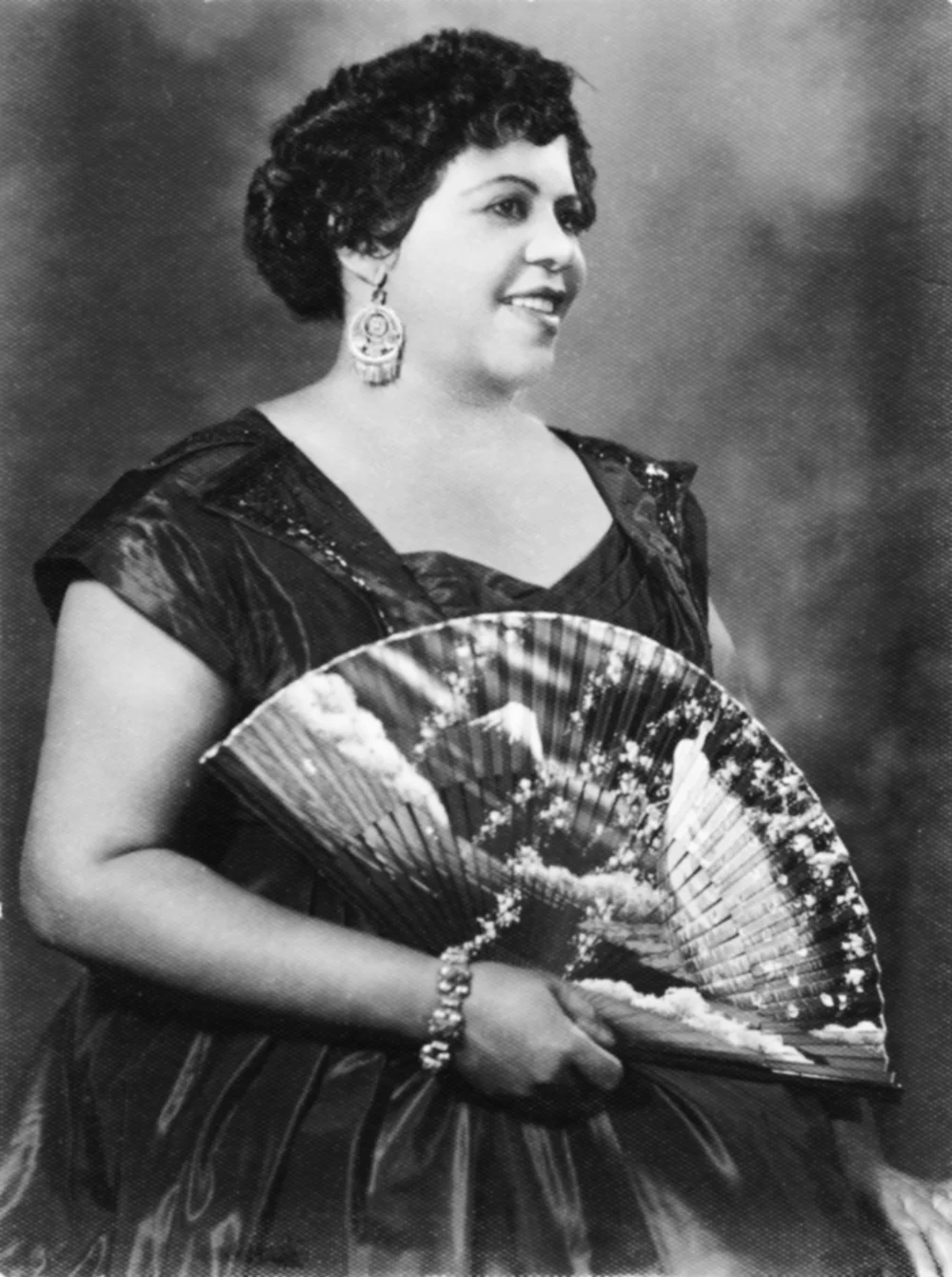Research Journal
PROJECT DESCRIPTION
I want to explore the topic of feminism and call out a voice for Chinese women’s different lives and express them through the photo of photography. I got the inspiration to do this voice call out for Chinese women because I saw criticism towards women around my neighborhood, where men expected women, or women expect their daughters to be responsible for staying in the house to assist their children, cook meals for the family, and do the house chores instead of finding what they passionate and pursue on.
To strengthen my point I was interviewing the grannies and aunties while phototaking them. I decided to put their words on a word wall next to their portraiture photo. I also noted some notes of different women’s childhood life and adulthood. According to grannies, women didn’t have the opportunities to go outside of their village and have proper jobs. They’re staying home and learning how to do chores and babysit their young siblings. And once they’re adult, they’re being arranged by the family to marry a man just for kids or survival rather than love the one. This kind of tradition is also passed down with a slight change when it turns to Mother’s Time. As I interviewed the auntie from the neighbor, young women were doing the same chores that their mothers were doing, the only what’s difference was that younger women were able to get have education and schooling.
OUTCOMES
At first, I want to portray a difference between young women like me doing what the aunties and grannies were doing. I thought about doing a portrait of Granny or my mom as documentary photos for further steps on my project. I then asked female workers who work in Jing Jiang restaurant if I was able to take photos of them. At first, I took photos of the granny, thinking that the granny could be the best representative figure of women during the 60s-70s in China. Through the process of photographing the granny, I thought about her hands, where the calluses and wrinkles grew all over her palms, which tell a better story of women’s lives during the ’60s and ’70s. I then approached the female workers in the restaurant. While taking the photos, I’m facing the struggle where their speeds are so fast to serve the dishes and my camera can’t catch the moment that I think it’s good. Though I could miss some good photos, some photos are surprisingly interesting.
After spending a day and a whole night with the workers, I turned my object into a young adult woman, which is me, my friends, and my classmates. I decided the spot would be a coffee shop, where it’s most students would sit down and focus on their work or just their own space. I think it’s interesting that in a bustling city, students still get to find a quiet space and dig into their own space. I invited my friend, who’s also a young adult, to come and see her doing work in the cafe while taking her photo to represent my young adult woman figure.
ARTISTS REFERENCES
Cindy Sherman(1954-present)
Untitled #70, 1980
Untitled#70 is a chromogenic color print self-portrait photoshoot taken by Cindy Sherman in 1980. Untitled #70 was one of Cindy Sherman’s “Untitled Film Stills series that was made in 1977 through 1980. Cindy Sherman always liked to dress up in different roles and identities. In her Untitled series, she’s dressed up into different characters and captured herself reenacting pop culture cliches about women while she examines women’s roles in history and contemporary society. In this photo, she’s probably dressed up as a city woman going through her business. The red shade on her face shows the contrast between the blueish background of the sky from the city. The character that she’s portrayed in this photo symbolizes the contemporary role or job that the woman is having.
Nan Goldin(1953-present)
Trixie on the Cot, New York City, 1979
Trixie on the Cot, New York is one of Nan Goldin’s works from her series The Ballad of Sexual Dependency. It was a silver dye bleach print that is 15 1/2 x 23 1/8 in photo. Nan Goldin photoshoots her friends at the drag bar in Boston to call out a voice for the third-gender minority group. Together with another artist and a performer, Ivy, Nan Goldin set up the scene for the photoshoot. Nan Goldin focused on relationships and darlingly portrayed her and her friends’ encounters in her The Ballad series. The photos and shots of mixed-gender groups, couples, sexual, parties, and possibly violence convey her concept and voice of gender diversities and femininity representation.
Florestine Perrault Collins(1895 – 1988)
Bea Duncan, a family friend, dressed for Mardi Gras, early 1940s

Florestine Perrault Collins is an African-American photographer who photographed portraiture mostly women and young children. At the age of 14 years old, Collins was learning photography skills, “quick finish”, from white photographers. After her marriage, Collins created her studio and often took portraiture of women, children, religious milestones, and weddings as her focus. Collins’ skills and work on portraiture represented the clients’ individuality and the identity of gender and race. Collins took this portraiture of her family friend who dressed up for the Mardi Gras holiday to express her voice on feminity and racism against the stereotypes towards women of color.

